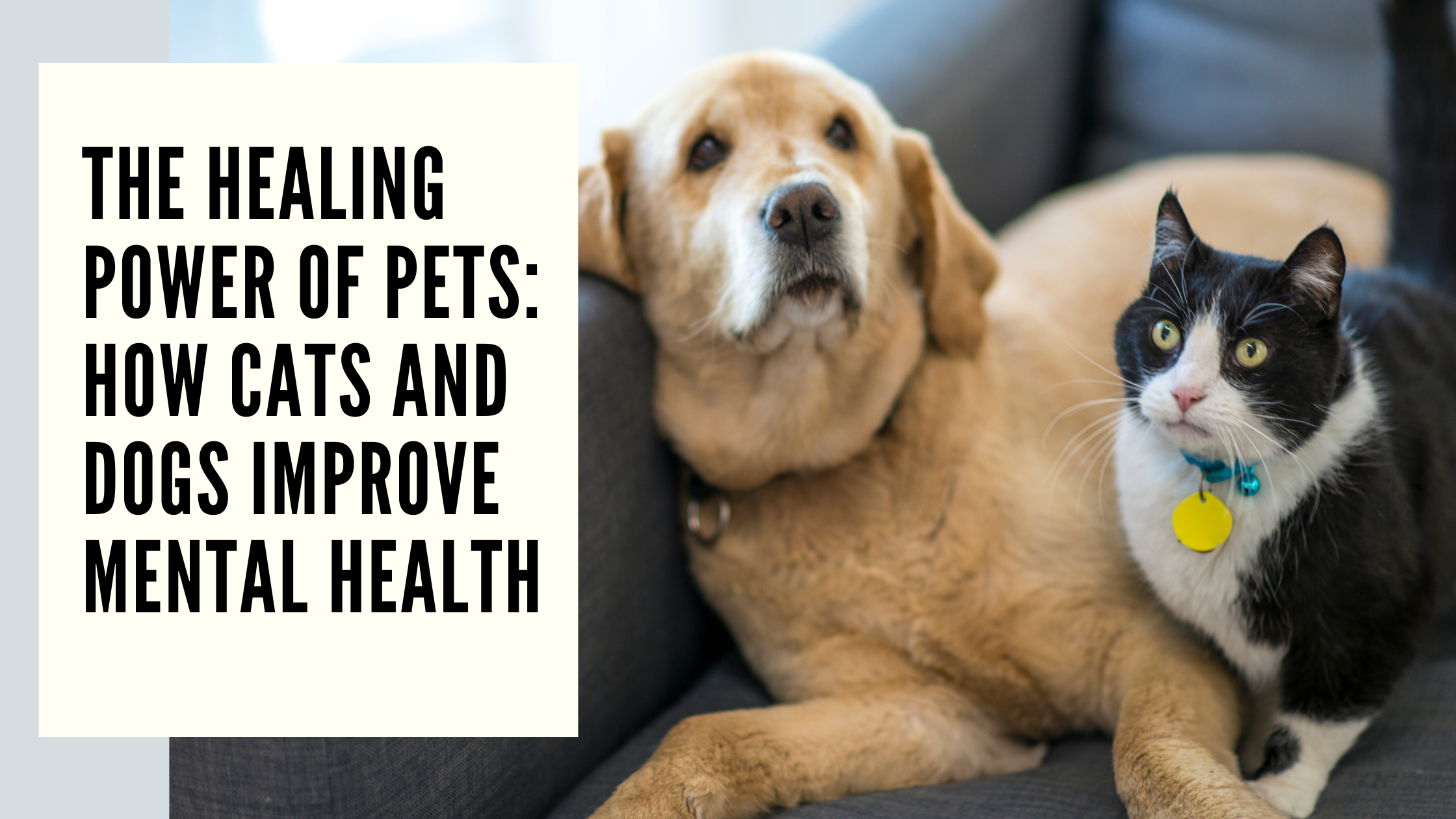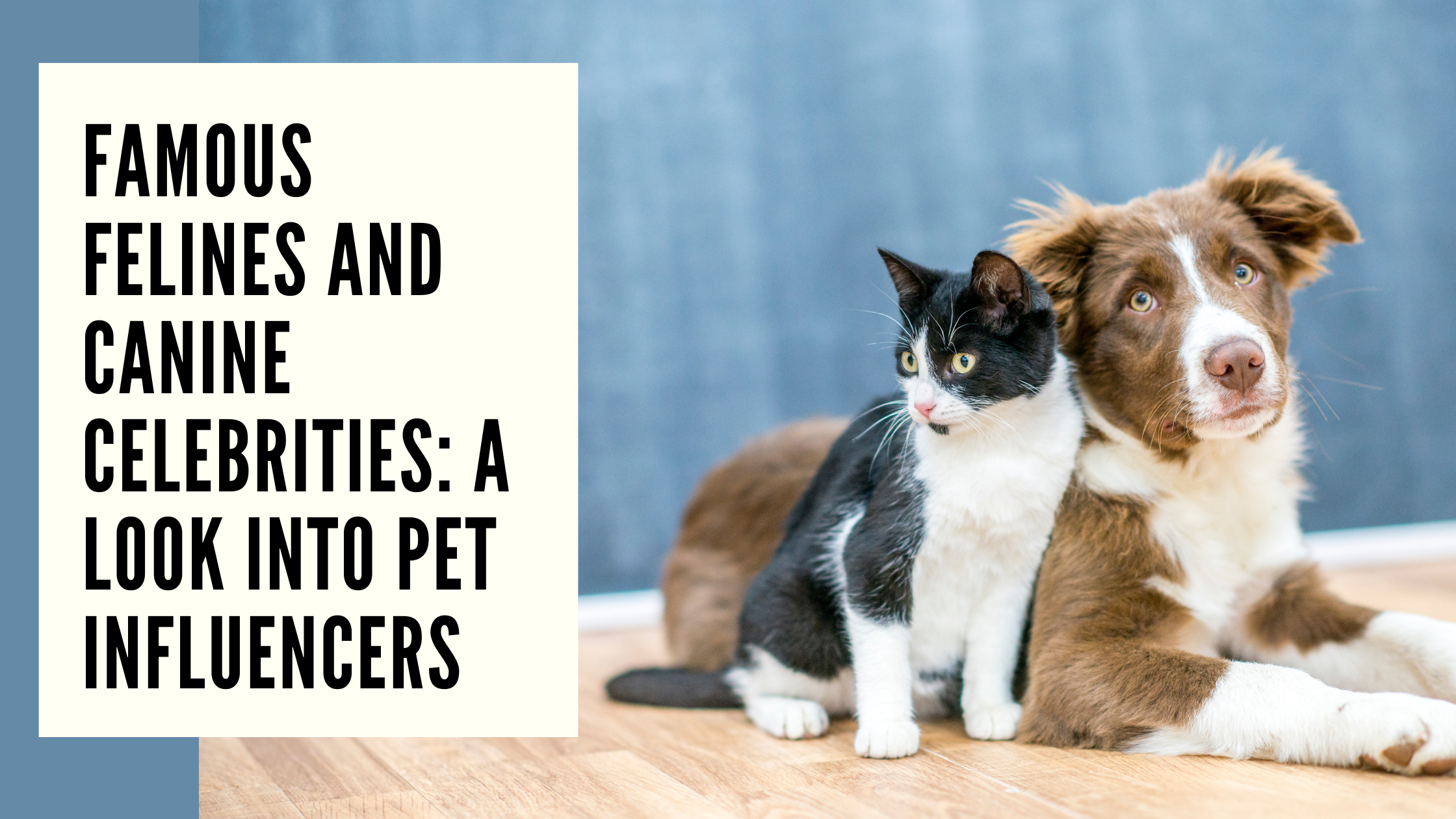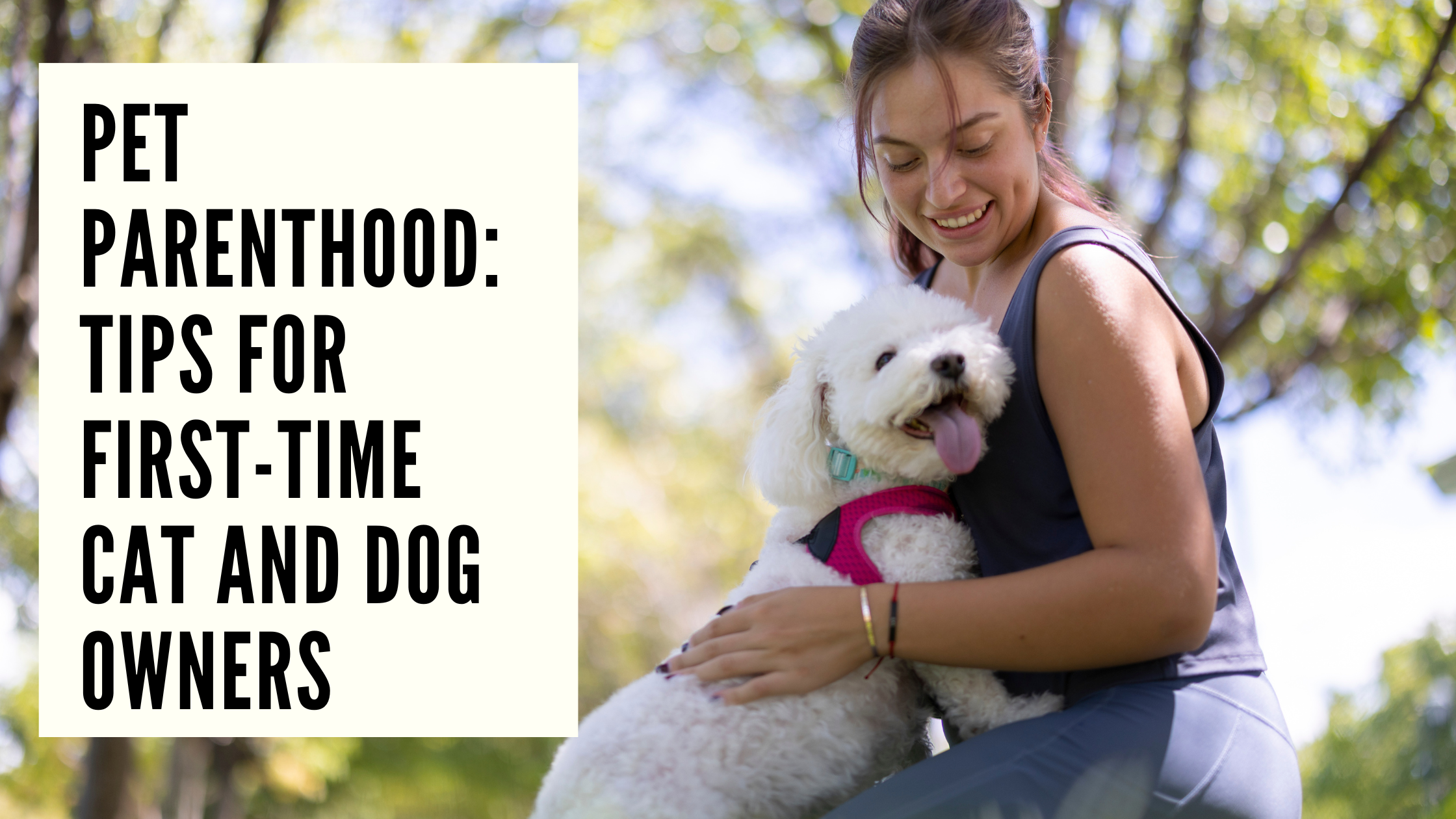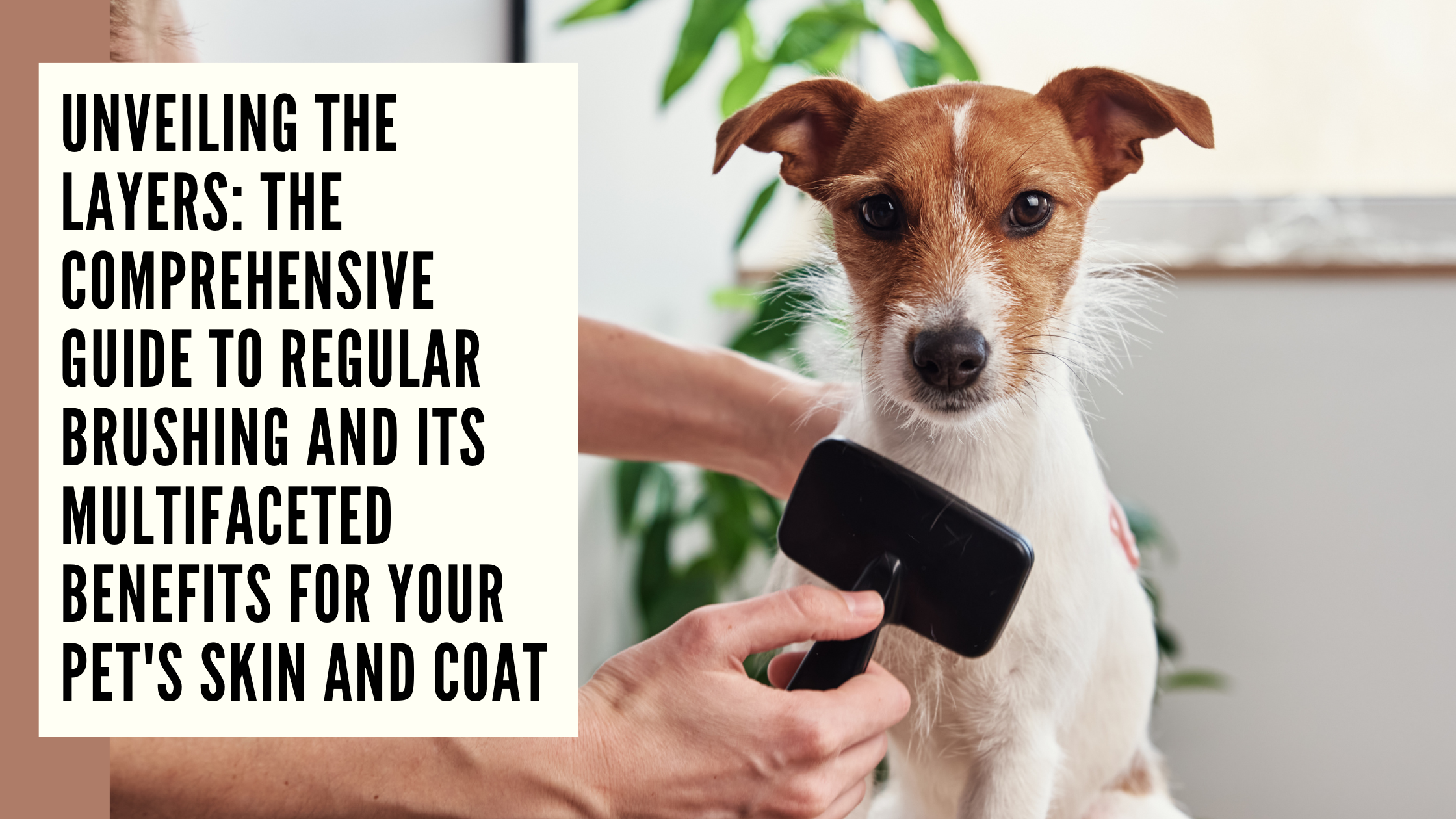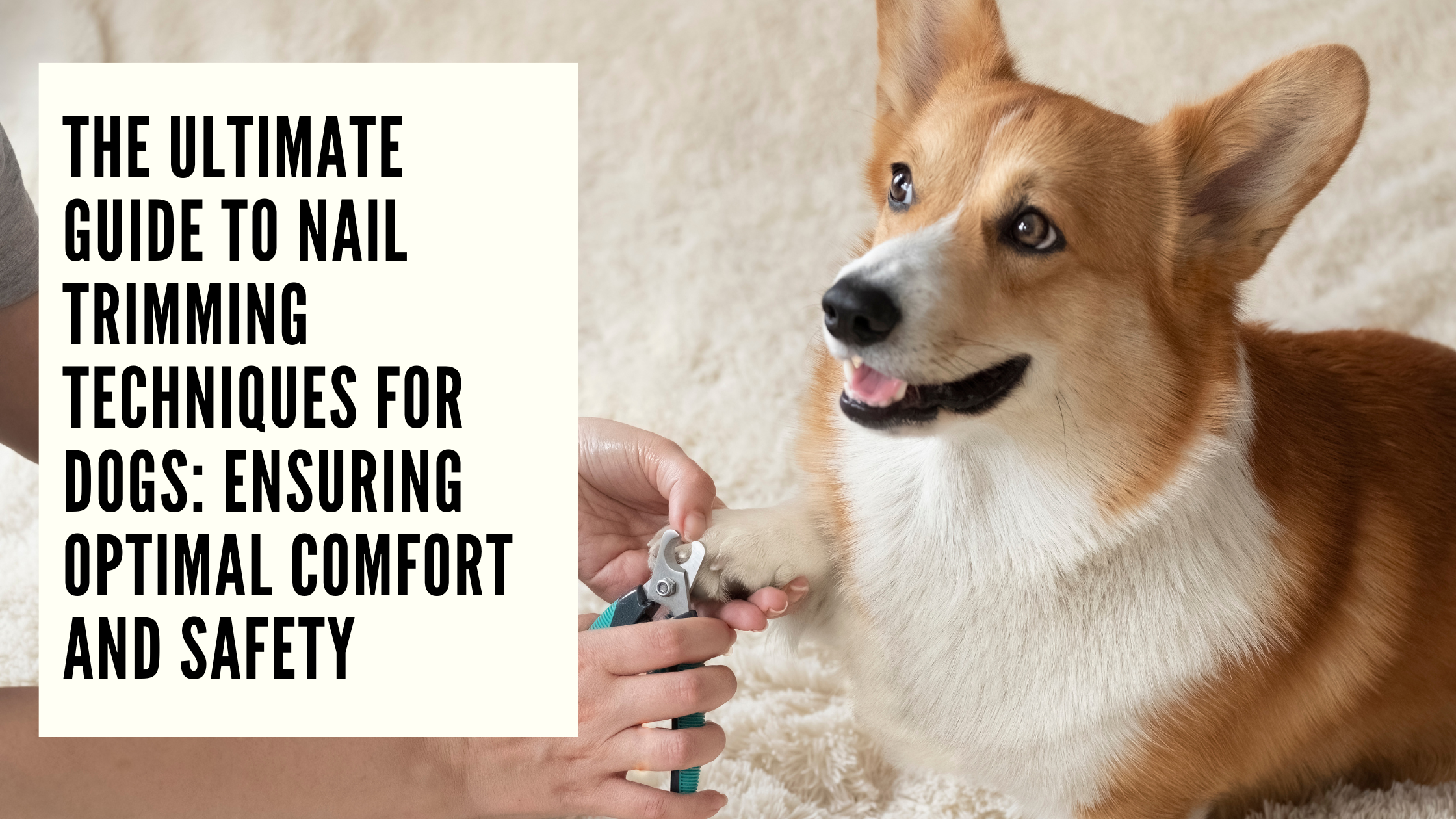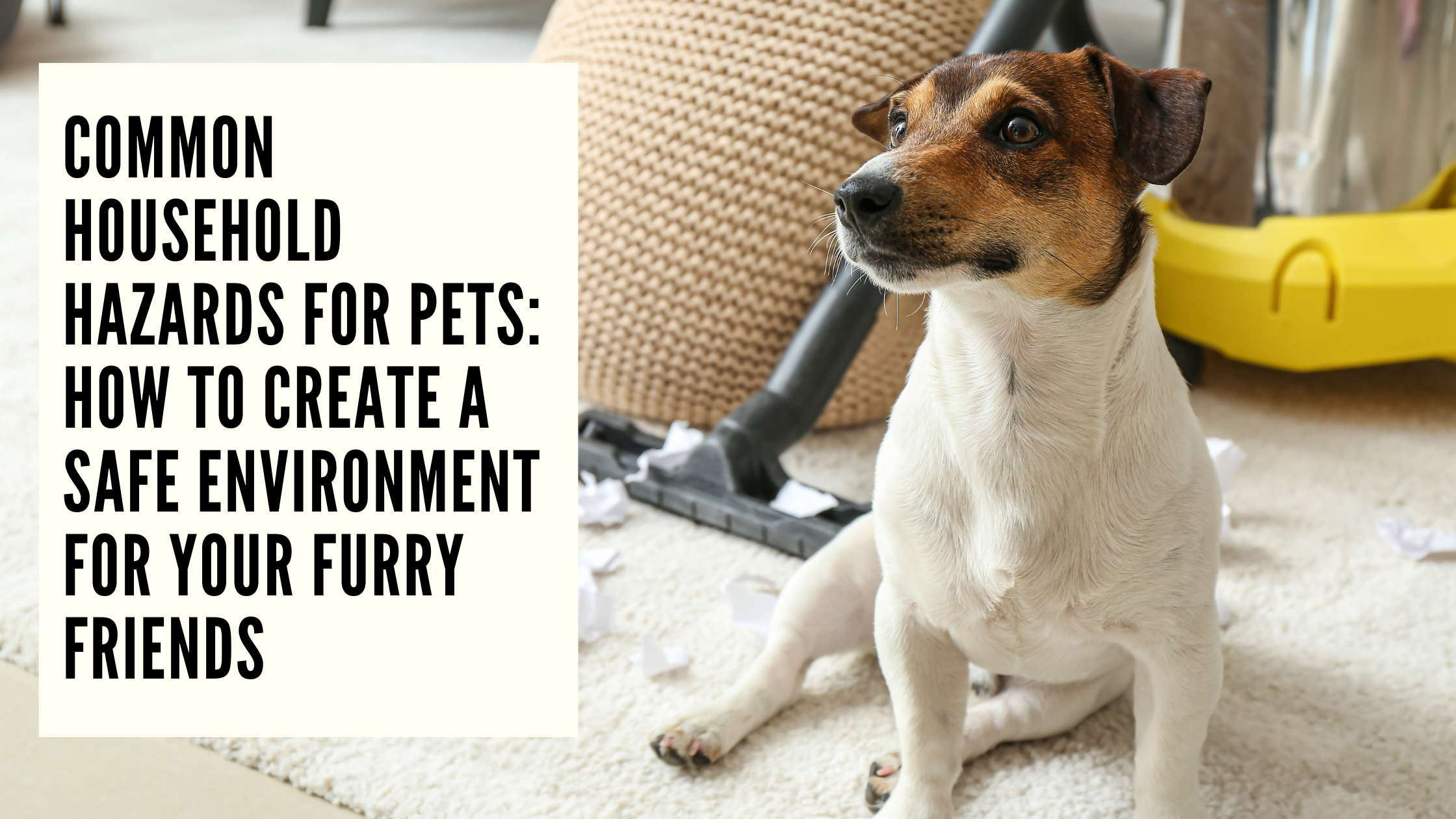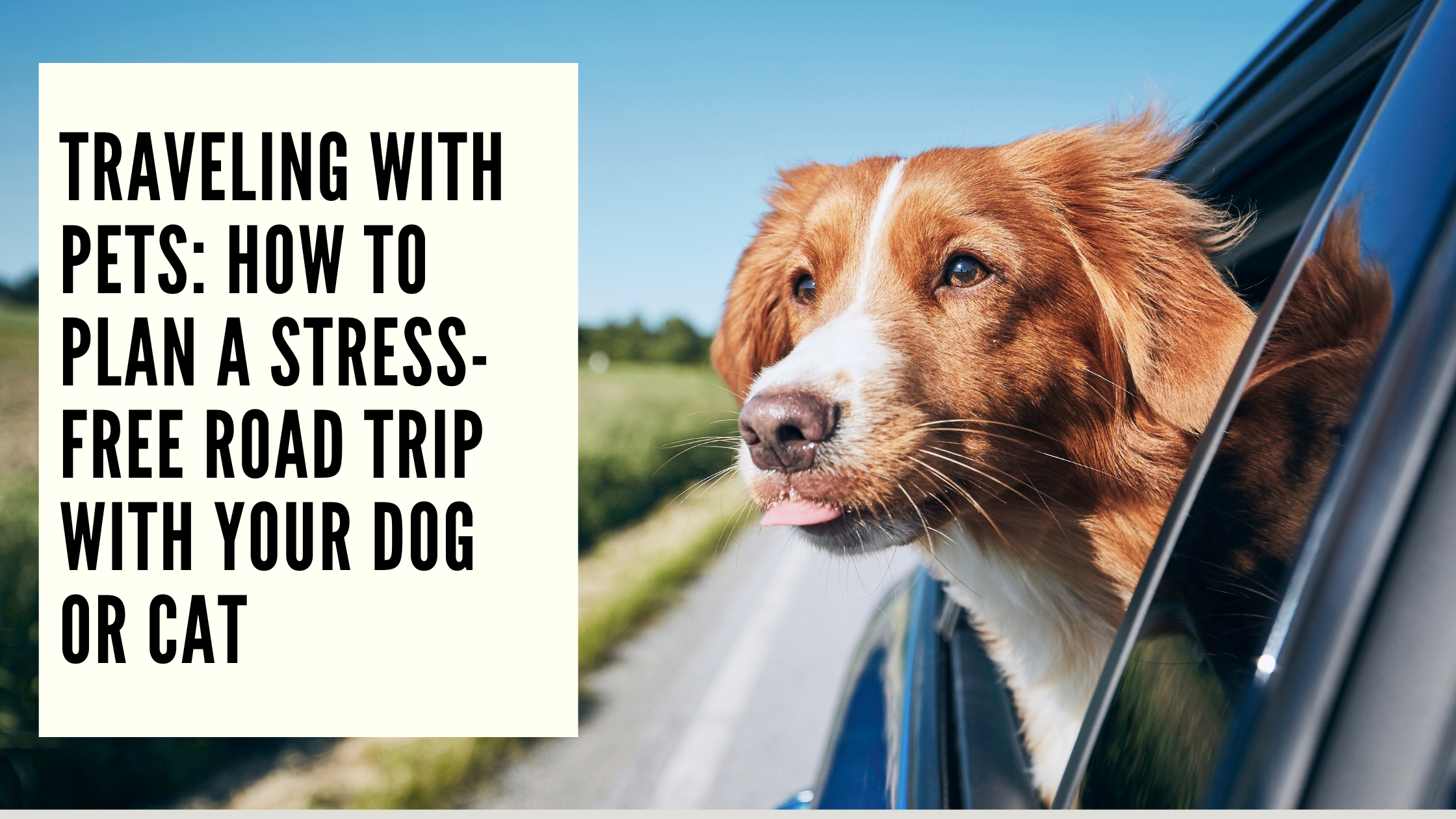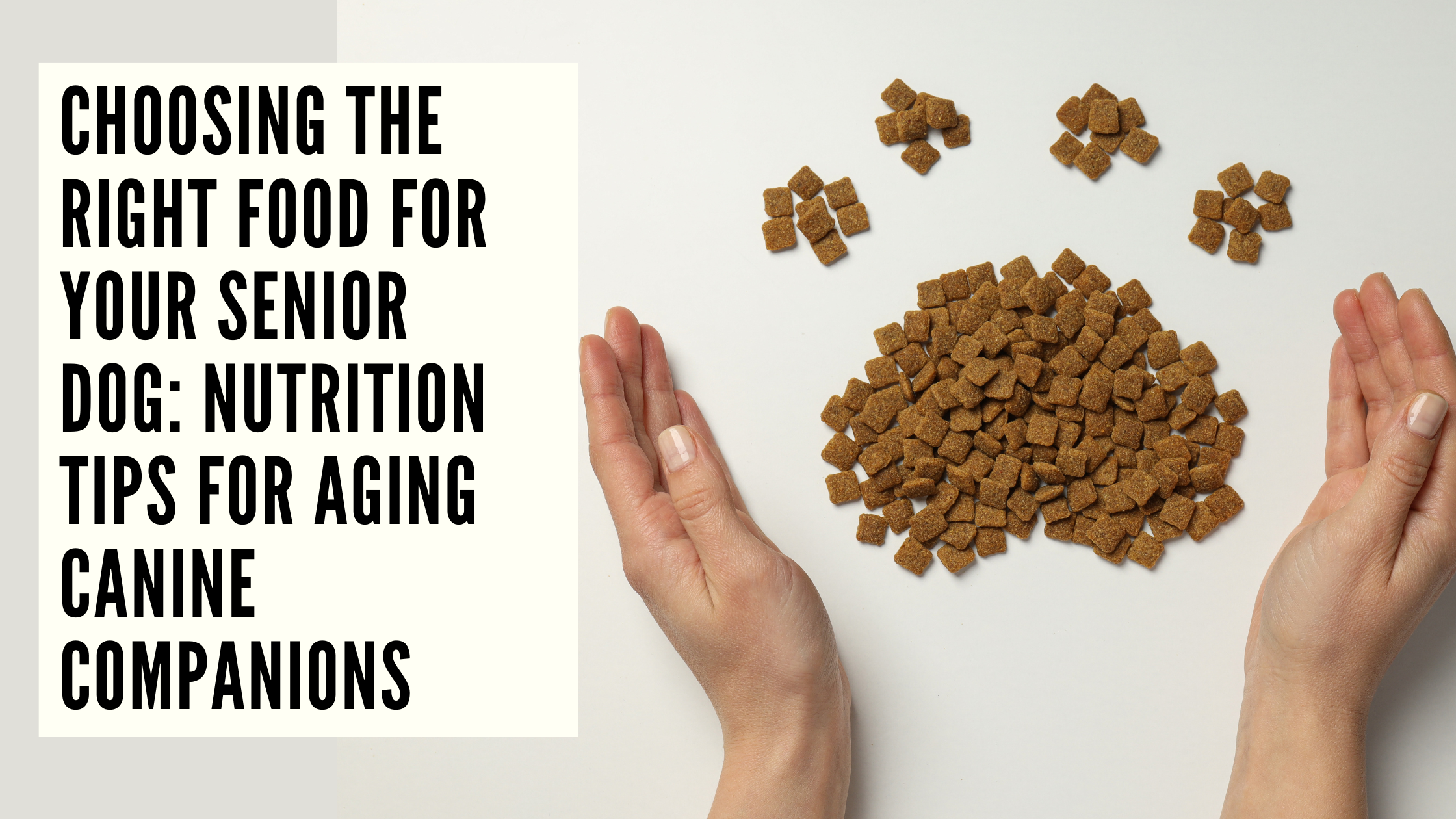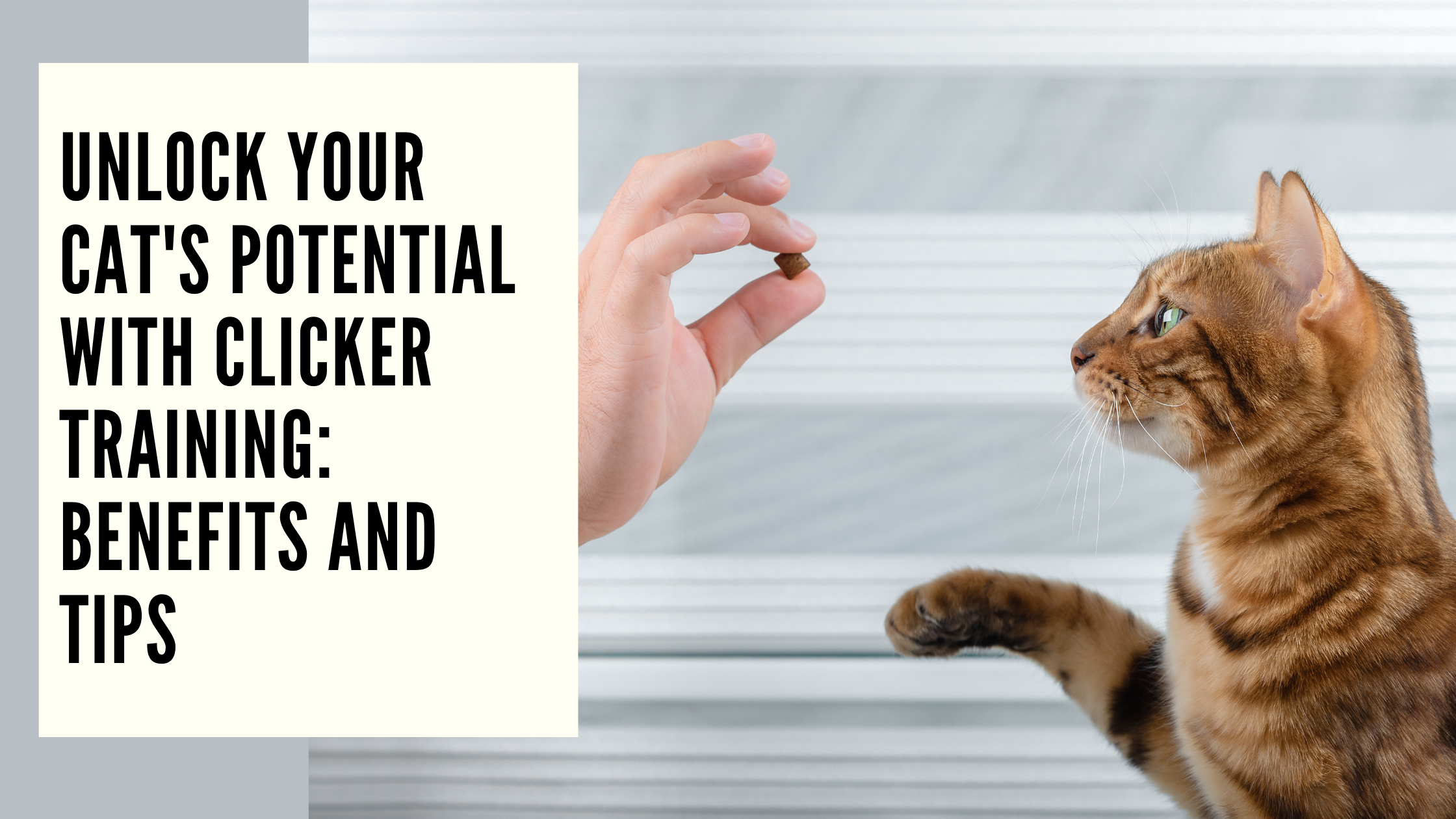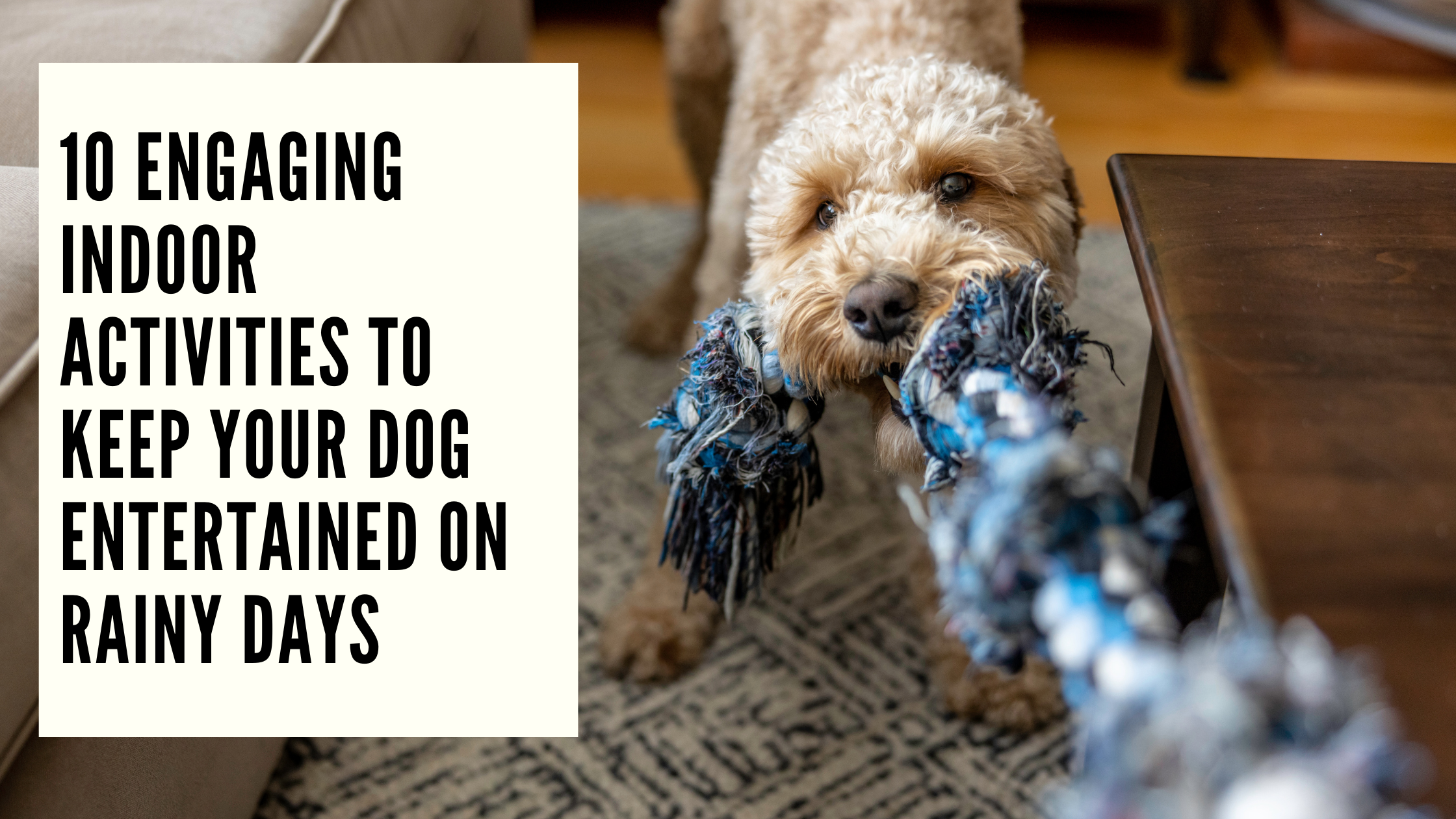The Healing Power of Pets: How Cats and Dogs Improve Mental Health
In today’s fast-paced and often stressful world, mental health has become a topic of increasing importance. From anxiety and depression to loneliness and stress, many individuals struggle with their mental well-being on a daily basis. Fortunately, there’s a furry solution that has been proven to provide comfort, companionship, and even therapeutic benefits – pets, particularly cats and dogs.
Understanding Mental Health
Before we dive into the profound impact that pets can have on our mental health, let’s first establish what mental health really means. Mental health encompasses our emotional, psychological, and social well-being, influencing how we think, feel, and behave in our daily lives. It’s not just the absence of mental illness; it’s about thriving and living a fulfilling life.
The Science Behind Pet Therapy
The idea that interacting with animals can have a positive effect on our mental health isn’t just a fluffy notion – it’s backed by science. Research has shown that spending time with pets can lower cortisol levels (the stress hormone) and increase levels of oxytocin (the bonding hormone), resulting in a calmer and more relaxed state of mind. Additionally, the unconditional love and companionship that pets provide can offer a sense of purpose and belonging, which are essential for maintaining good mental health.
Cats: Therapeutic Companions
Cats have a reputation for being independent and aloof, but anyone who’s ever been owned by a cat knows that they can also be incredibly affectionate and attuned to their human’s emotions. The soothing sound of a cat’s purr has been likened to a therapeutic massage, promoting relaxation and reducing stress levels. For individuals struggling with anxiety or depression, the presence of a cat can provide much-needed comfort and emotional support.
Dogs: Man’s Best Friend and Therapist
Dogs are often referred to as “man’s best friend,” and for good reason. Their unwavering loyalty, boundless energy, and infectious enthusiasm can brighten even the darkest of days. Dogs are also highly intuitive animals, capable of sensing when their humans are feeling sad or anxious. Many therapy dogs are trained to provide specific interventions for individuals with mental health disorders, such as deep pressure therapy for anxiety or guided relaxation techniques for PTSD.
Other Pets and Their Therapeutic Potential
While cats and dogs may be the most popular choices for therapy pets, they’re by no means the only ones. Rabbits, birds, guinea pigs, and even reptiles can also provide comfort and companionship to their owners. The key is to find the right pet for your individual needs and preferences. Some people may find solace in the gentle chirping of a bird or the soothing presence of a fish tank, while others may prefer the playful antics of a rabbit or the calming influence of a reptile.
Pets for Stress Reduction
Stress is a normal part of life, but chronic stress can take a toll on our mental and physical health. Fortunately, spending time with pets has been shown to be an effective stress reliever. Whether it’s cuddling with a cat, playing fetch with a dog, or simply watching fish swim gracefully in a tank, the presence of animals can help us feel more relaxed and at ease.
Pets and Anxiety Disorders
Anxiety disorders are among the most common mental health conditions, affecting millions of people worldwide. The good news is that pets can be powerful allies in the fight against anxiety. Their calming presence can help us feel more grounded and centered, while their unconditional love and acceptance can provide a source of comfort and reassurance during times of stress.
Depression and Pet Bonding
Living with depression can feel like navigating a dark and lonely road, but pets can provide a ray of hope and light. The simple act of caring for a pet – feeding them, grooming them, playing with them – can give us a sense of purpose and meaning in life. And the bond that forms between a human and their pet can be a source of immense joy and comfort, even on the darkest of days.
Loneliness and Pet Companionship
Loneliness is a growing epidemic in today’s society, with millions of people feeling isolated and disconnected from others. But pets have a unique ability to bridge the gap between humans, providing companionship and unconditional love without judgment or expectation. Whether it’s snuggling with a cat on the couch or going for a walk with a dog in the park, the companionship of a pet can make us feel less alone in the world.
Psychological Benefits of Pet Ownership
The benefits of pet ownership extend far beyond the realm of mental health. Studies have shown that owning a pet can have a positive impact on our physical health as well, lowering blood pressure, reducing the risk of heart disease, and even increasing longevity. But perhaps the greatest gift that pets offer us is the opportunity to experience unconditional love and acceptance, which can have a profound and lasting impact on our psychological well-being.
Pets in Therapy Settings
Recognizing the therapeutic potential of pets, many mental health professionals are incorporating animals into their treatment plans. Therapy dogs, in particular, have become increasingly popular in clinical settings, where they assist therapists in providing emotional support and comfort to clients. From hospitals and nursing homes to schools and prisons, therapy animals are making a difference in the lives of people of all ages and backgrounds.
Considerations for Pet Ownership
While the benefits of pet ownership are undeniable, it’s important to carefully consider whether you’re ready to take on the responsibilities of caring for a pet. Pets require time, attention, and resources, and they deserve to be treated with love and respect. Before bringing a pet into your home, take some time to think about your lifestyle, your living situation, and your ability to provide for the needs of a furry friend.
Case Studies and Personal Testimonials
To illustrate the profound impact that pets can have on our mental health, let’s take a look at some real-life examples. From veterans with PTSD who find solace in the companionship of a service dog to college students struggling with anxiety who find comfort in the playful antics of a therapy rabbit, the stories of individuals whose lives have been transformed by pet ownership are as diverse as they are inspiring.
Conclusion
In conclusion, the healing power of pets is a force to be reckoned with. Whether it’s a cat purring contentedly in your lap or a dog wagging its tail with excitement, the love and companionship that pets provide can lift our spirits, soothe our souls, and remind us that we’re never truly alone in this world. So the next time you’re feeling stressed, anxious, or depressed, consider reaching out to a furry friend for comfort and support – you might just be surprised at how much better you feel.
FAQs
1. Can any type of pet provide therapeutic benefits, or are cats and dogs more effective?
While cats and dogs are the most commonly studied pets in relation to mental health, other animals such as rabbits, birds, and even horses can also offer therapeutic benefits depending on individual preferences and needs.
2. Are there specific breeds of cats or dogs that are better suited for providing emotional support?
Certain breeds, such as Labrador Retrievers and Golden Retrievers in the case of dogs, are known for their friendly and affectionate demeanor, making them popular choices as emotional support animals. However, the suitability of a pet ultimately depends on the individual’s personality and lifestyle.
3. How can I tell if my pet is helping with my mental health?
Pay attention to how you feel before and after spending time with your pet. Do you feel calmer, happier, or more relaxed? Notice any changes in your mood or stress levels when interacting with your pet, as these can be indicators of their therapeutic impact.
4. What if I’m unable to have a pet due to living circumstances or allergies?
If owning a pet isn’t feasible, consider alternative ways to experience the benefits of animal interaction, such as volunteering at an animal shelter, spending time with friends or family members’ pets, or even watching videos of cute animals online.
5. Are there any downsides to pet ownership in terms of mental health?
While the majority of research highlights the positive effects of pet ownership on mental health, it’s important to acknowledge that caring for a pet can also be demanding and stressful at times, particularly during times of illness or behavioral issues. It’s essential to have a support system in place and prioritize self-care when facing challenges related to pet ownership.
